For better or worse, recycling has firmly taken root in today’s society as a must-do. Many of us have a list, or at least an idea, of what can and can’t be recycled. And those that recycle also tend to enjoy doing their part to help the environment. As an environmentally motivated house clearance company, preventing the unnecessary addition of reusable materials to the waste stream is one of Clearance Solutions’ highest priorities, so we know this feeling well.
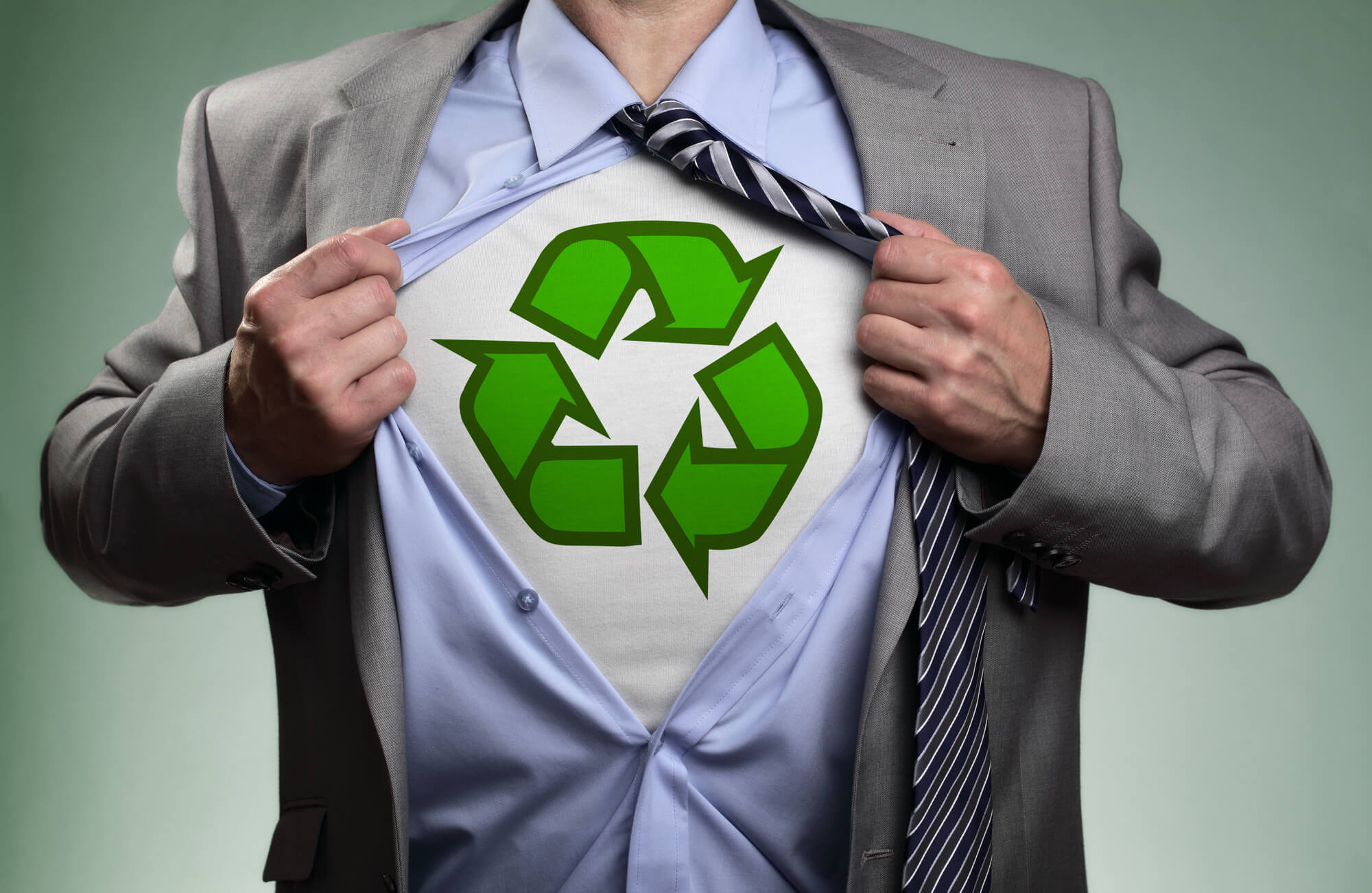
What you may not know is that the condition of your donations will determine how your efforts pay off.
Even widely recycled materials like aluminium, steel, paper and plastic can easily become contaminated and end up in a landfill site.
To avoid wasting your time and good intentions, we present to you an updated guide on recycling correctly.
Step 1: Recycle plastic bags separately
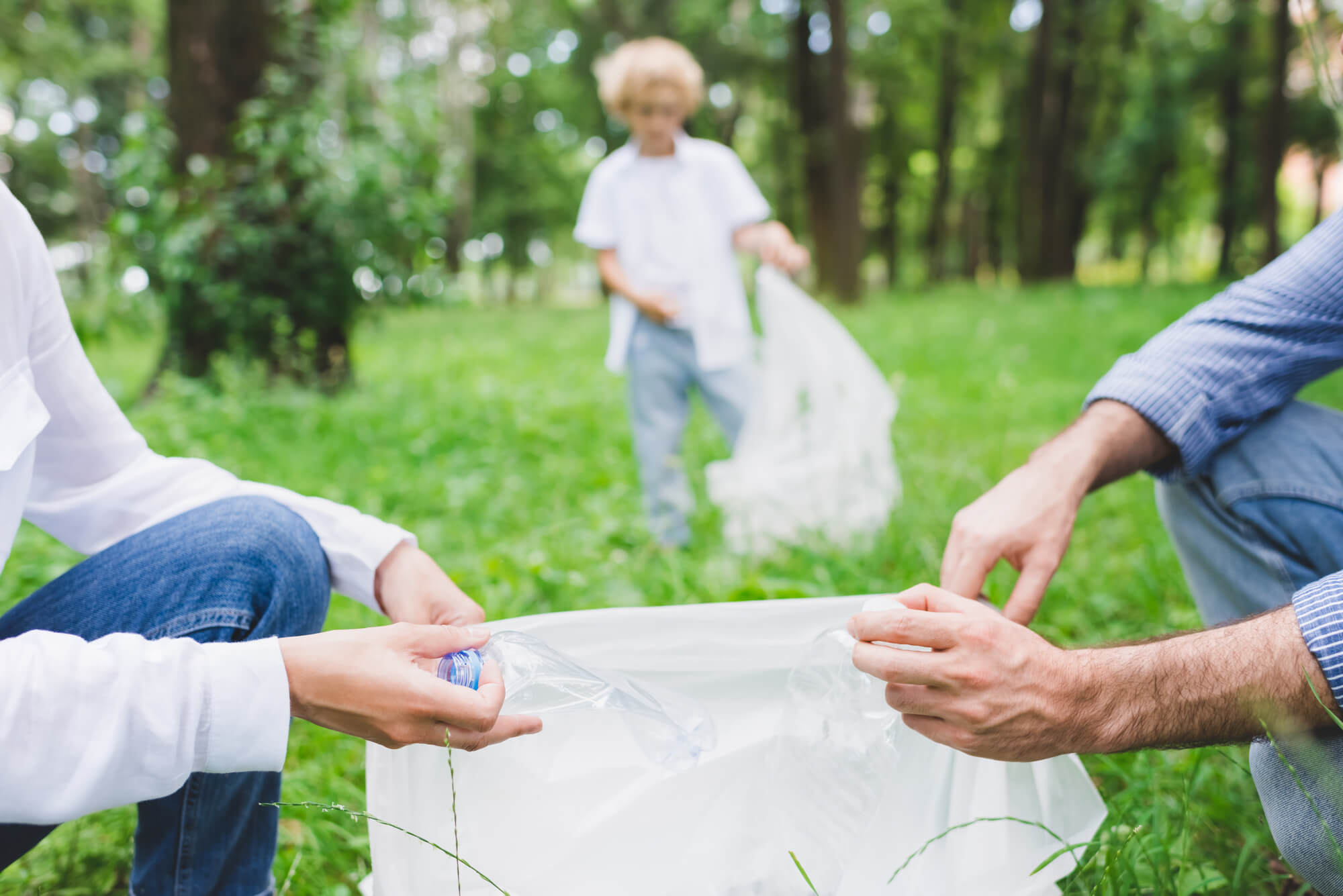
You might think plastic bags are convenient for gathering all your recyclable material together. However, plastic bags can be an unpredictable and time-consuming nightmare for those sorting at the recycling plant.
If you have a habit of putting all your aluminium cans into a plastic bag and tying it up before you hand it in, stop now. You could be wasting your time because plastic bags are routinely thrown away, even if they are filled.
Plastic bags slow down the automated recycling process. This is because human sorters have to individually open them up and then dispose of the bags, thus making the process more difficult.
Plastic bags are a bane to our environment: they litter the landscape and threaten wildlife. There’s a good reason why supermarkets charge for each plastic bag used in the UK.
Rather than throwing out a plastic bag or ruining your recycling batch, the ideal option is to recycle them separately. There are plenty of plastic bag recycling programmes held by the government and many supermarkets feature a plastic bag bin specifically for recycling this difficult material. As for your other unwanted items, read our blog on how to save money on your house clearance.
Step 2: Try not to shred paper
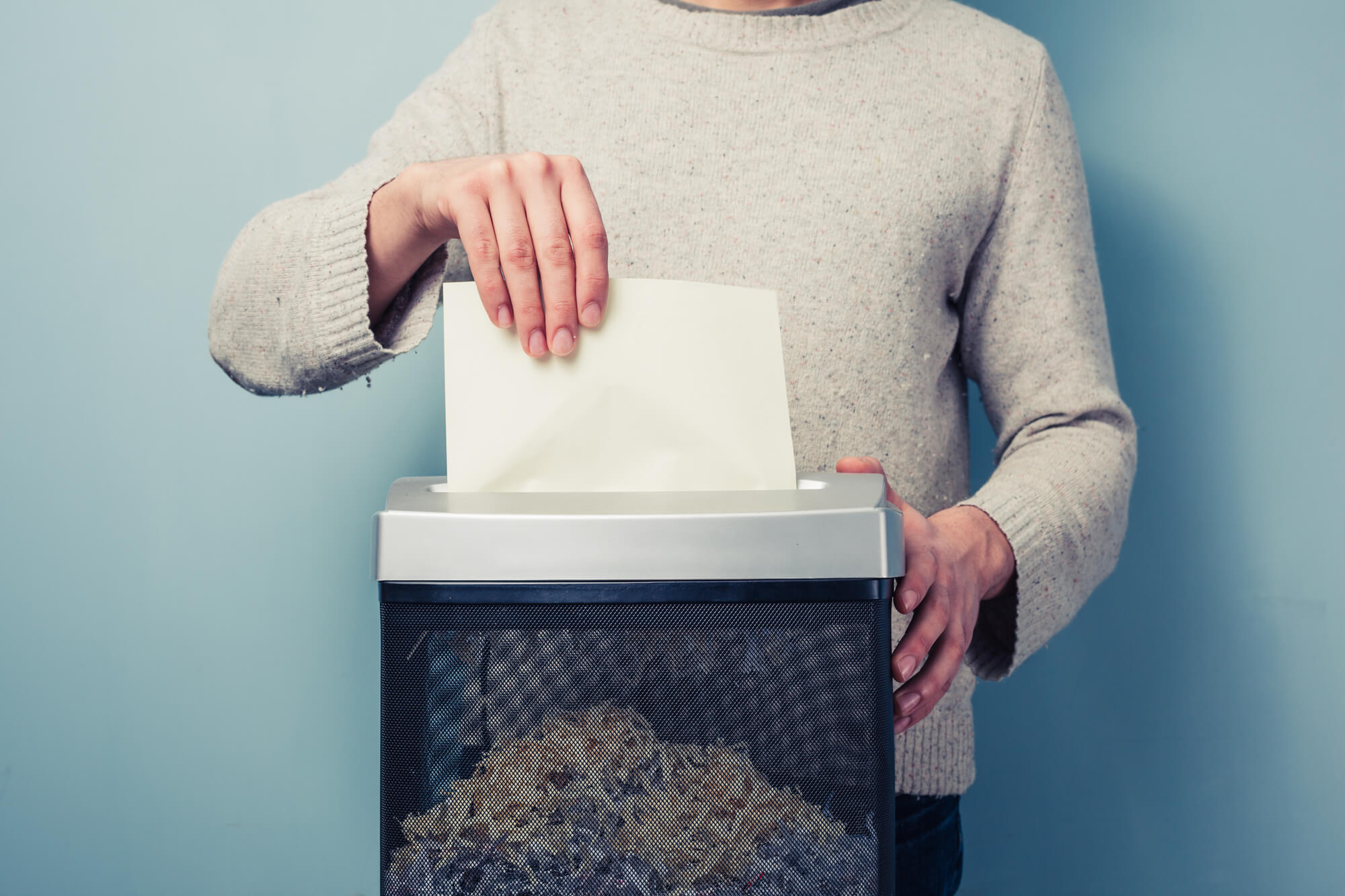
Back in the infant years of recycling, shredded paper was difficult to recycle and often ended up in landfill. Since then, recycling plants have improved and now shredded paper is usually properly recycled. However this doesn’t mean you should shred your sheets at every opportunity.
Shredding is sometimes unavoidable, especially when dealing with private documents. But you should not be doing it solely to fit more into a recycling bin.
If the pieces of paper are too small, some recycling centres will not accept them and even those that do have to lower the quality of what it can be recycled into. The length of the paper fibre determines if it can be recycled into high-grade material such as useful printer paper or low-grade material.
Leaving paper outside, or exposing it to the elements could also alter how much of it gets recycled. Paper left out in the rain can have its organic material broken down, which is why many recycling bins feature lids that are sealed until manual intervention.
Step 3: Compress bottles and put the lid back on
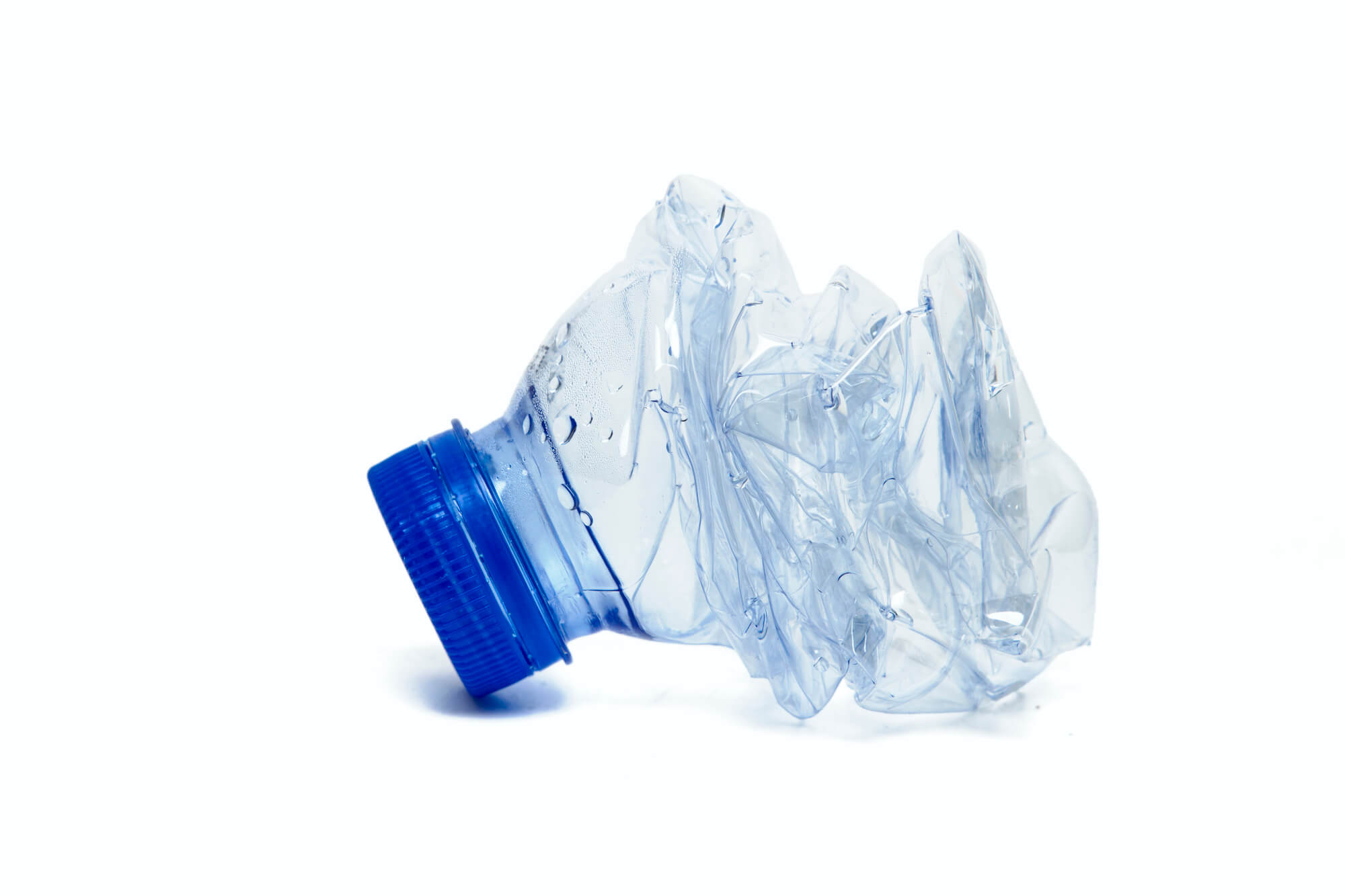
Should you keep bottle lids on or remove them? It’s a simple question that has generated a lot of confusion.
The previously recommended method was removing them. This is because bottle tops are normally made of polypropylene. This polymer tends to melt at a higher temperature compared to the rest of most plastic bottles.
Another reason was because uncompressed bottles with lids on were dangerous in the early stages of recycling. The compression of an air-packed bottle often resulted in bottle caps being propelled at high speed, which was seen as a clear health risk.
The recycling process has improved since then and it is now okay to keep lids on bottles. In fact, it is now advisable to leave them on because bottle caps handed in separately could be placed into general waste if missed during screening.
One of the most helpful ways to recycle bottles is to squash the air out, and then place the lid back on. This way there is neither water nor air inside.
Step 4: Keep cardboard and your other recyclables clean
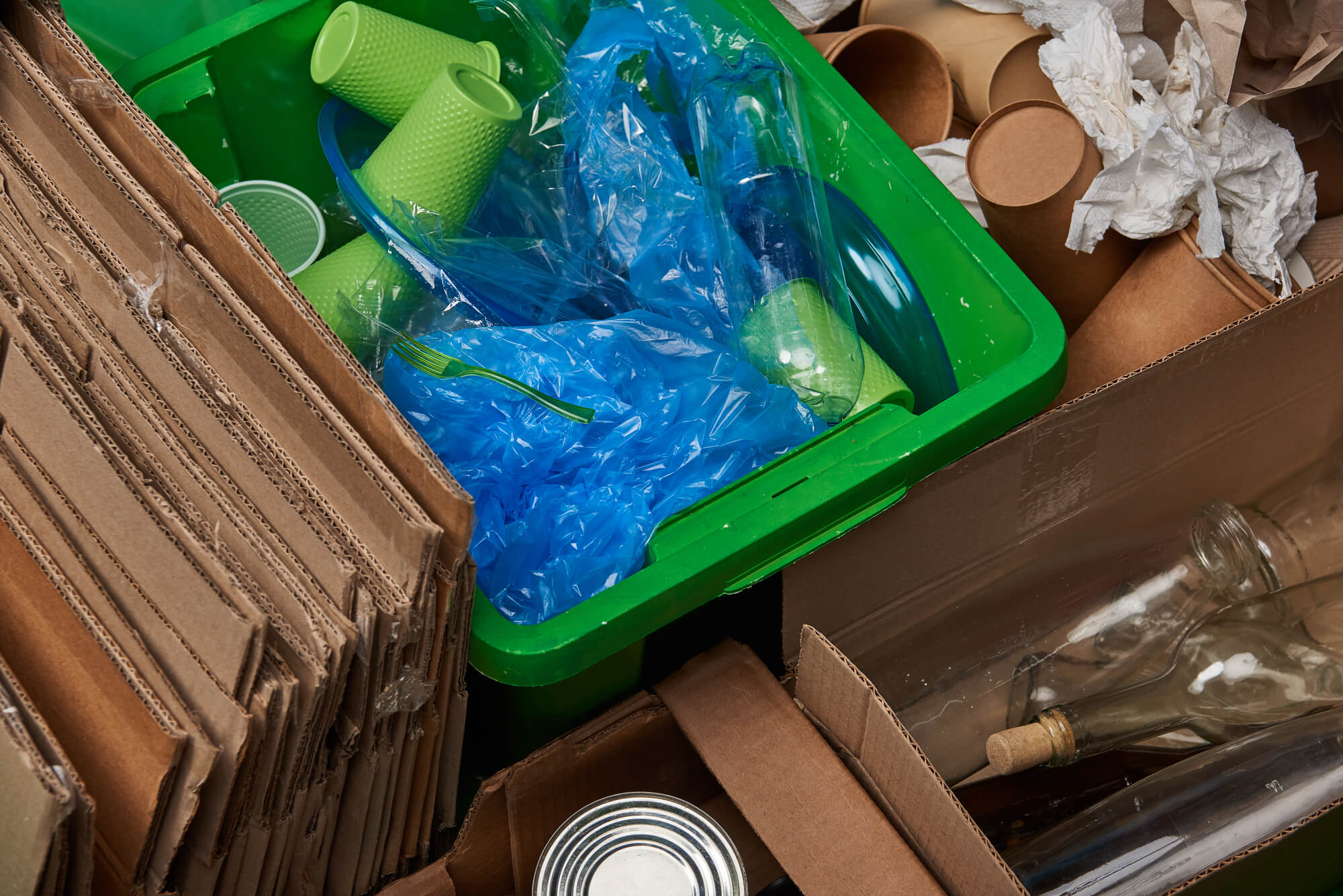
While cardboard is recyclable, grease can damage the cardboard and render it impossible to recycle.
This means you also need to avoid placing foods, liquids and animal wastes in your recycling bin as it can contaminate the rest of the recyclable materials.
Newspapers used to hold your order of chips and most cardboard take-away boxes are better placed into a normal bin or a compost bin.
Step 5: Read your local recycling guide
While this advice applies to most areas, each will have its own recycling guide and some may accept materials others do not. To be sure you are not wasting your time recycling something that cannot be, or contaminating good material – it’s well worth reading your area’s recycling guide.











